You’ve heard intriguingly gross stories about civet coffee (kopi luwak coffee). Coffee that’s made from beans found in the poop of a cat-like animal living in an exotic location. But, come on, is this a real thing? And, is it really the best coffee in the world?

In this post, you’ll learn all about civet coffee, the controversy surrounding it, and 14 facts about the civet itself.
Table of Contents
All About Kopi Luwak / Civet Coffee
You may be wondering why this kind of coffee has two names.
Well, “kopi” is the Indonesian word for coffee, and “luwak” is what the Asian palm civet is called in Sumatra. The first people to start drinking this kind of coffee called it luwak, or kopi luwak.
In North America, it’s often called civet coffee. (Some people also call it cat poop coffee.)
Before we go into more detail about civet coffee, let’s watch a short video to learn a little about the process and the controversy that has developed.
I enjoyed the beginning of that video. It was sweet to see the cute little civet eating the coffee cherries. But seeing the animals caged and forced to eat them wasn’t so nice.
Let’s dig a little deeper, and maybe you’ll have some interesting conversation tidbits to share the next time your friends start talking about civet coffee.
What is civet coffee?
Civet coffee is a type of coffee that’s made from coffee beans which are excreted whole in the droppings (excrement/poop) of the Asian palm civet.
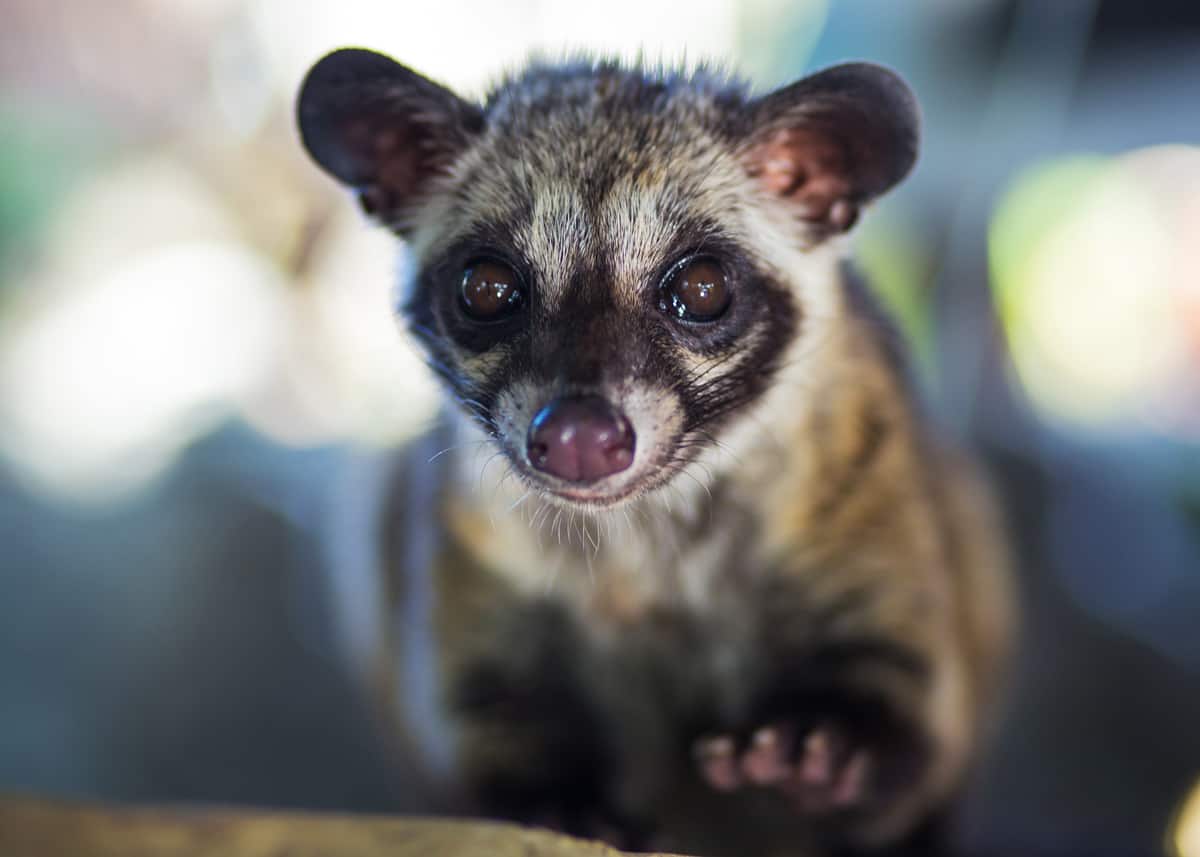
The type of coffee depends on the variety of beans the civet eats. It may feed on beans from the arabica coffee plant, the robusta, or any other coffee plant available to it.
Civet coffee has more to do with the process it goes through, although many people prefer the flavor when it’s made from excreted arabica beans.
The droppings are collected and the coffee beans are washed, roasted, ground, and then brewed to produce what has become the world’s most expensive coffee.
Why is Civet Coffee So Expensive?
How much does civet coffee cost? That can depend on a few things.
How are you buying it, by the pound or by the cup? Is it from wild, or caged civets? What’s the supply and demand like where you live?
For the sake of simplicity, let’s talk about prices for civet coffee in the U.S.A.
How much does civet coffee cost? If you’re buying it by the pound it can cost between $100-$500 US. The costlier $500 price tag usually comes on the bags which state they are from wild civets.
For a cup of civet coffee in a cafe, you could pay around $35-$80 US.
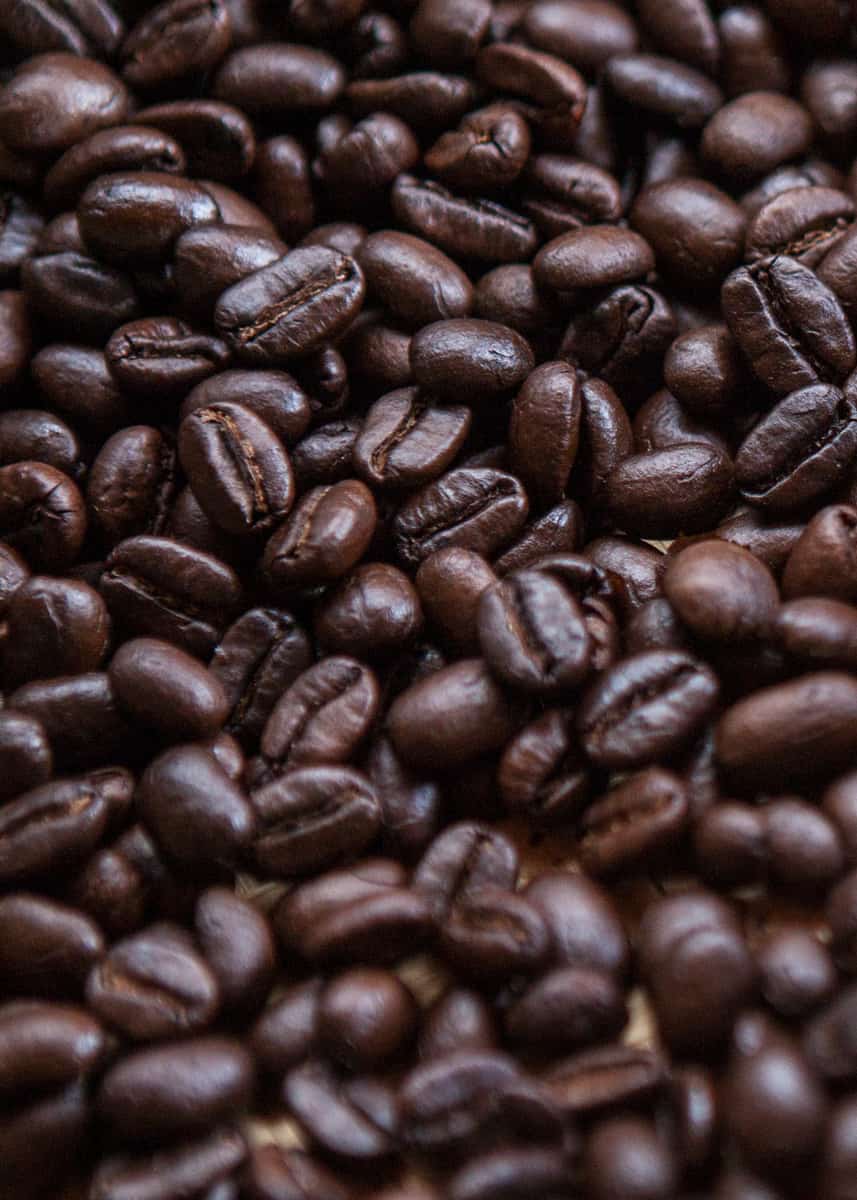
Civet coffee is so expensive because – who wants to gather cat poop and pick coffee beans out of it?
Not me, you would have to pay me a lot of money to do that, I mean a lot!
But seriously, the high price seems to come from the “specialty” nature of the coffee.
It started off being collected from the droppings of wild civets. That would take a long time to find and accumulate.
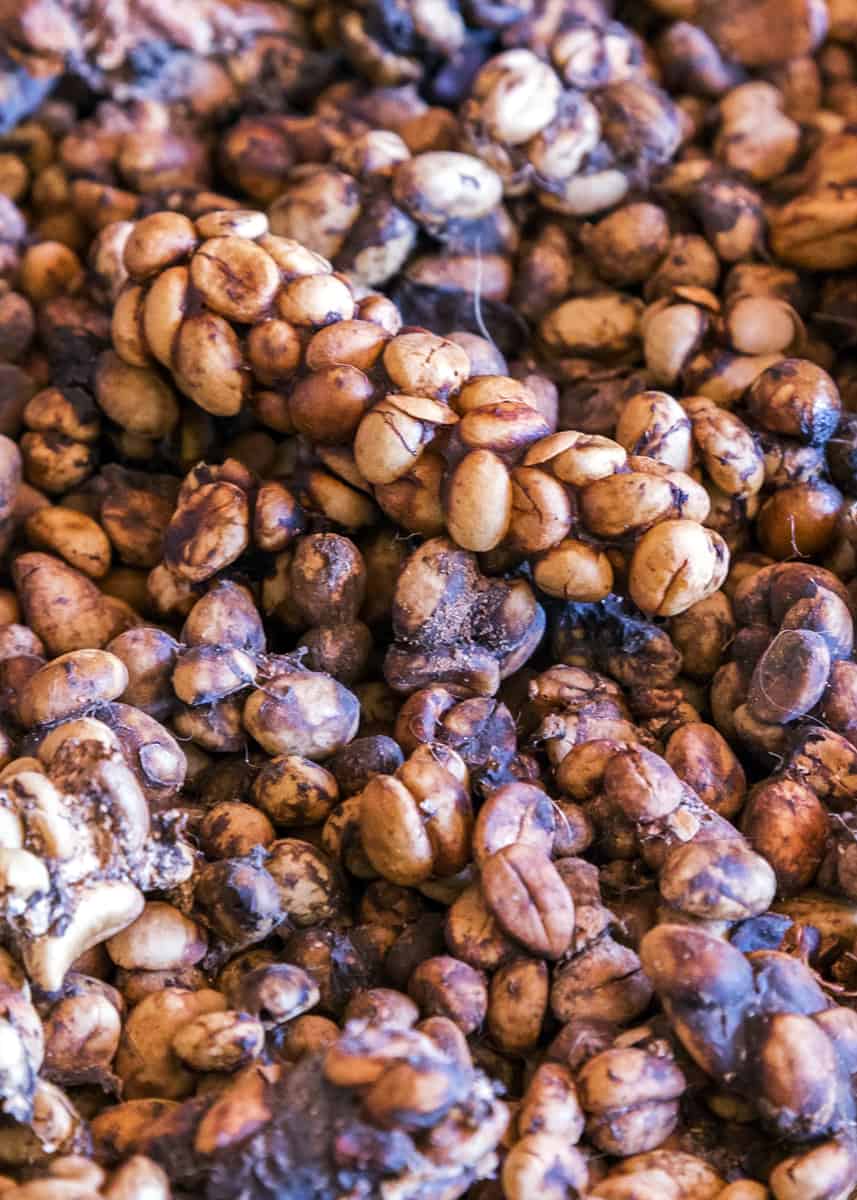
There is also the fact that some people believe it’s a superior coffee because of the process it goes through inside of the civet.
What makes civet coffee superior? Wild civets only eat the ripest coffee cherries (which make the best coffee) which ferment in their digestive tract.
During this process of around 24 to 36 hours enzymes break down some of the beans’ proteins – altering the taste and chemical composition of the end product.
Sounds pretty sensational, right? So, the rarity of supply and the sensational nature of the “quality coffee” claims result in a hefty price tag.
Prices have gone down recently because of the supply from the civet farms that have been created in response to the demand for this kind of coffee.
Where does civet coffee come from?
Kopi Luwak coffee comes mostly from Southeast Asia and sub-Saharan Africa. And the beans are collected from the droppings of an animal called a civet.
The coffee used to come from the droppings of wild animals, but now the vast majority comes from civet farms.
Some people are claiming to be able to mimic the “fermentation process” through other means.
How is civet coffee made?
The Asian palm civet eats ripe coffee cherries. After a digestion process of around 24 hours, the undigested coffee beans are excreted in the civet’s poop.
The beans are collected and washed. At this time any remnants from the coffee cherries are removed.
The beans are then dried, roasted, ground, and brewed.
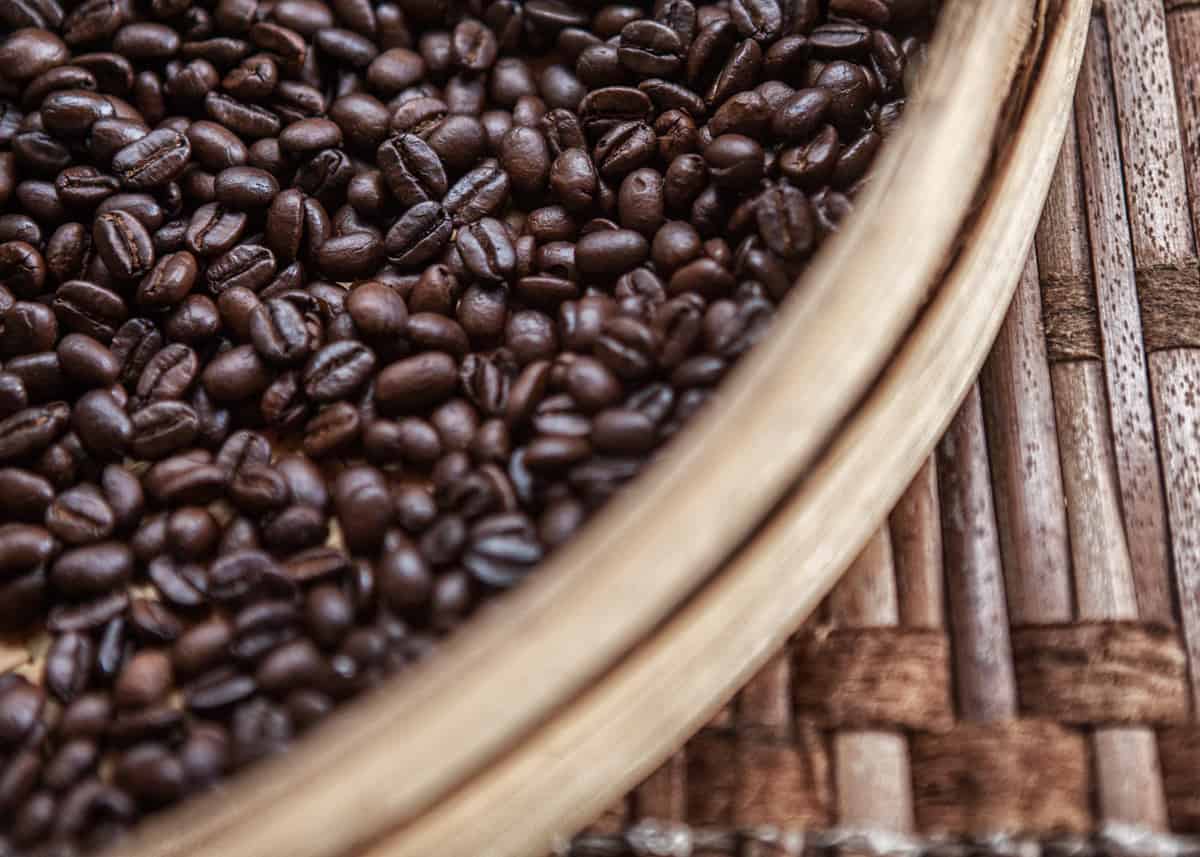
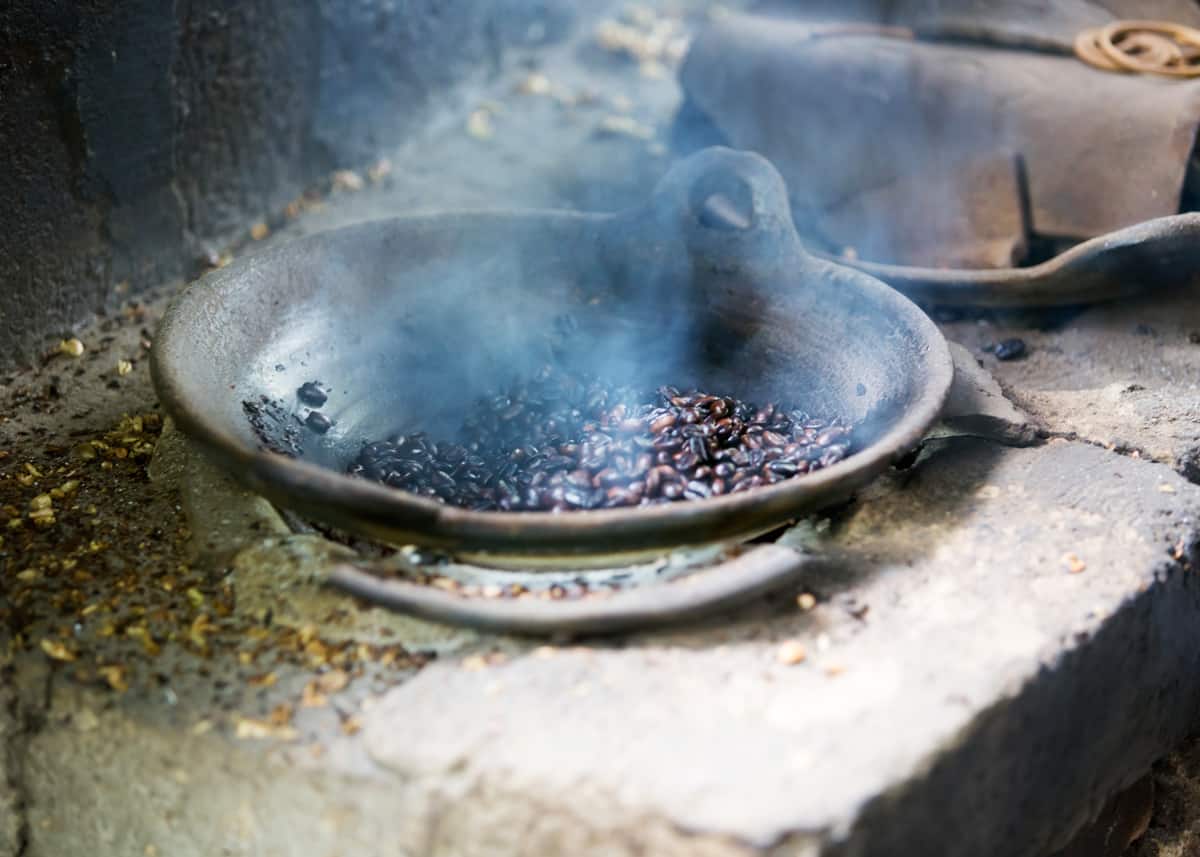
Is civet coffee safe to drink?
The coffee is said to be safe to drink because the germs would be eliminated during the washing and roasting process.
But this article by Time magazine mentions the possibility of fungus growth if the dropping was not found within 24 hours.
And how can you tell how long they’ve been there unless you follow the civet around all night waiting for it to poo?! That’s an excellent question.
Unless you stick to the same route through the forest, day after day, and never try to look for new poo picking grounds – you couldn’t be sure.
Is it safe for the animals? That’s another story. It depends on how the animals are treated.
For me, this is one of the major factors (not to mention the “poop” aspect) in deciding if I would drink it or not.
The fact that it’s practically impossible to know if the animals are wild, or caged is enough for me to say no to civet coffee.
Why would anyone drink cat poop coffee?
As the story goes, the first people to drink civet coffee were workers on the coffee plantation. They were not allowed to make their coffee from the beans processed on the plantation, so they would gather the beans from the droppings of wild civets.
They enjoyed the coffee, so word spread until their Kopi Luwak became famous.
Today people drink it either because they can’t resist taking part in the bizarre nature of the civet coffee story (and the expensive bragging rights that go with it) or because they taste it – like it better than other coffee, and continue to drink it.
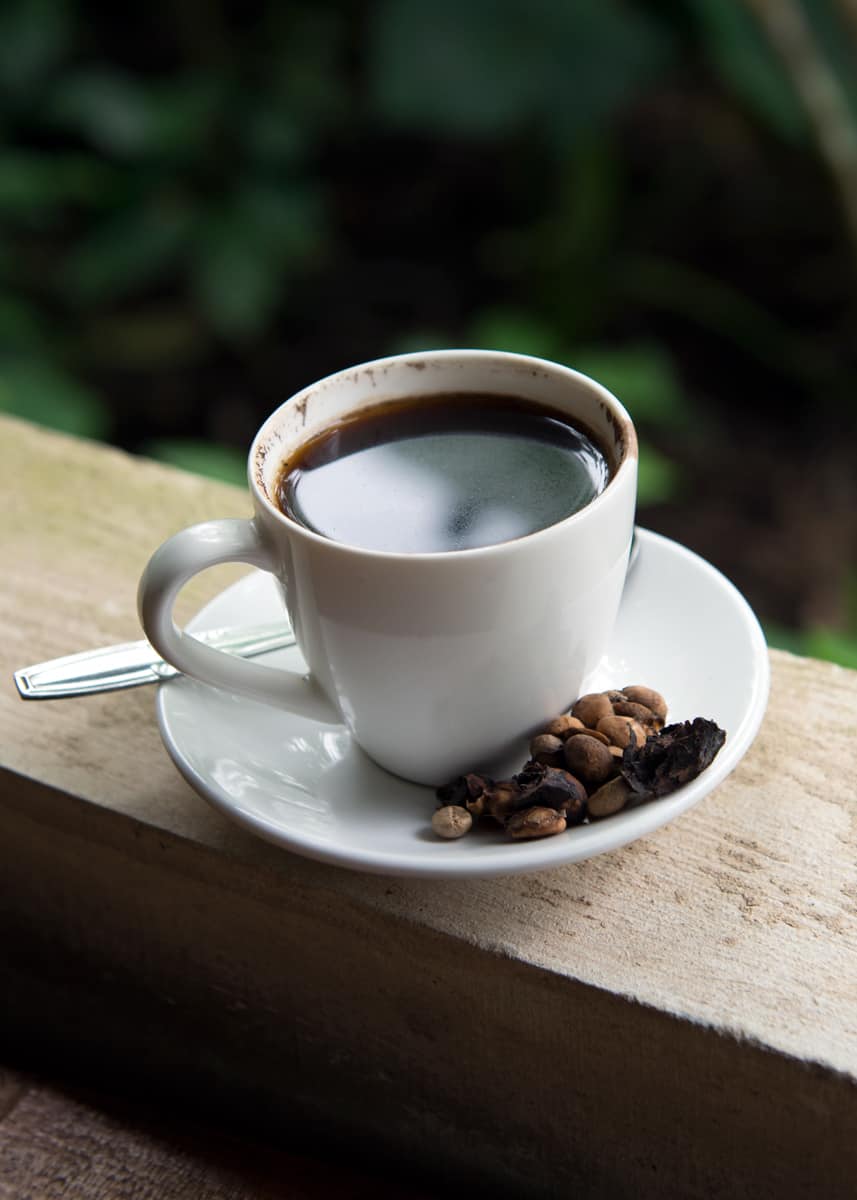
The Kopi Luwak Coffee Controversy
There are a couple of aspects to the kopi luwak controversy.
- Treatment of the animals
- Flavor
According to this article by National Geographic, it’s practically impossible to tell if civet coffee is coming from wild civets. The problem with this is that civets require a large amount of space (around 17 sq kilometers) to be happy and healthy.
They are also solitary, territorial animals, so they don’t do well crammed together in small spaces (they fight, and get sick). On top of that, many of the farms mistreat the civets.

When it comes to the taste of kopi luwak, you may be surprised to hear that the experts don’t taste anything super special when they drink kopi luwak, and that in coffee cupping it has come in at the bottom (which is not good).
This review by Tim Carman for the Washington Post seemed to agree. This may be because the digestive process reduces some of the acidity (a pleasing acidity, like in wine) in the coffee.
The only positive thing I could find is that some people say it tastes a little more mellow and that the digestive process may reduce some of the caffeine content in the beans.
But there are friendlier (to the animals specifically) and less expensive ways to get a rich, mellow, caffeine-friendly cup of strong coffee.
This coffee seems to be largely a gimmick in the coffee world.
14 Interesting Facts About the Civet (Paradoxurus hermaphroditus)
Let’s learn a little more about the cute little civet that is at the heart of this coffee controversy.
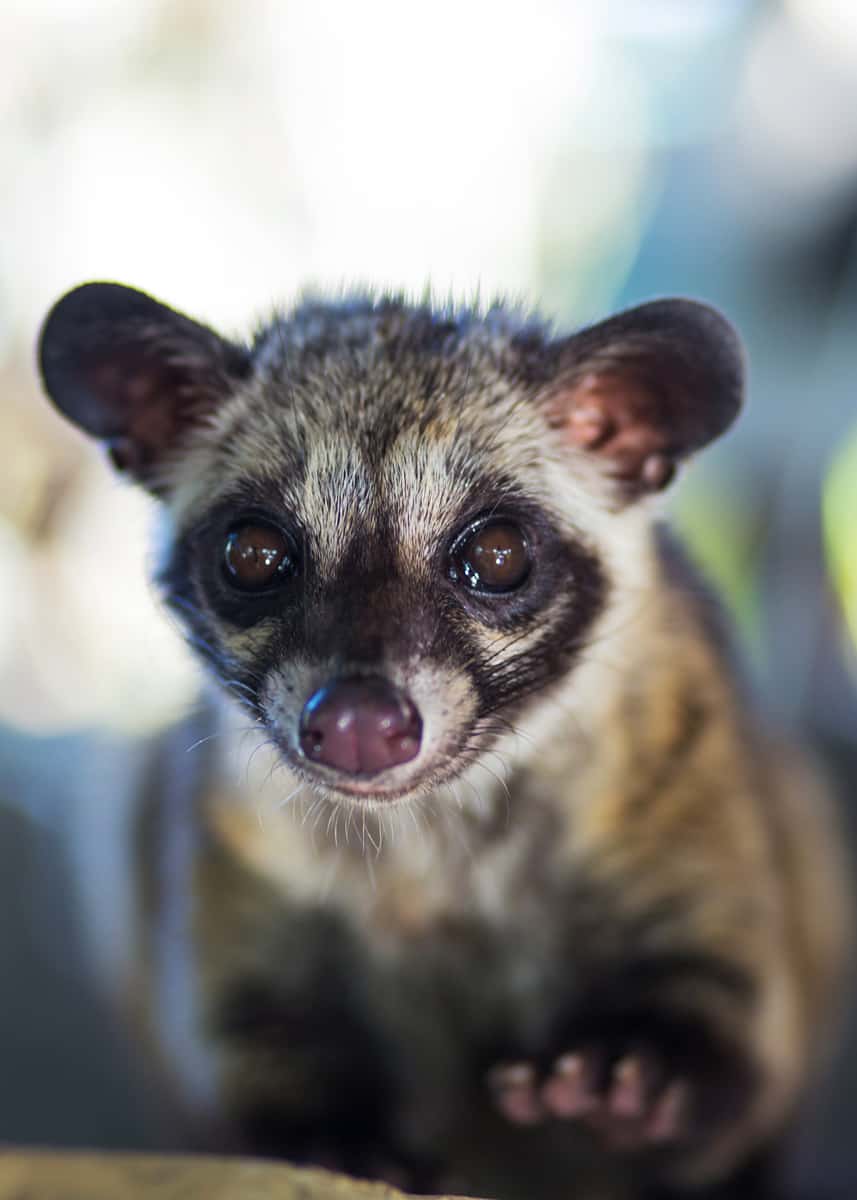
14 Facts about the Asian Palm Civet:
- The civet is a nocturnal animal. It comes out at night to feed, much like a raccoon. It makes loud noises, climbs around, and poops on the roof of people’s houses. Because of this, it’s seen as a pest in many areas.
- This little critter is an omnivore. The civet eats ripe coffee cherries, mangoes, rambutan, and other fruit. It also eats insects and some small mammals.
- They are largely solitary. Civets are solitary and territorial, usually only coming together to mate.
- They are also known as a toddy cat. The civet gets this name because it feeds on palm flower sap. This sap is fermented to make a sweet liquor called toddy.
- The civet is native to Cambodia, the Philippines, Bangladesh, Myanmar, Nepal, India, Singapore, Thailand, Vietnam, Brunei Darussalam, Bhutan, China, Sri Lanka, Sarawak, Peninsular Malaysia, Sabah, Laos, and the Indonesian islands of Kalimantan, Sumatra, Siberut, Java, and Bawean.
- It’s super cute. The Asian palm civet is covered in coarse black and light gray fur. They may also have some white and tan markings. The main body coloring is light gray with stripes or spots of black, its face is usually black with light gray markings on its forehead and around its eyes. The ears, legs and long tail are usually black.
- The civet is about the size of a large cat. It weighs between 4 – 11 pounds (2 to 5 kg) and is around 53 cm (21 in) long. Its tail is around 48 cm (19 in) long.
- It’s stinky. The civet can spray kind of like a skunk. When it’s scared or upset it secretes a strong unpleasant smell from its anal scent glands.
- There is some concern about a civet population and treatment because of the creation of civet farms. The civets on the farms have been captured from the wild, reducing their numbers. It remains to be seen what effects this will have on the civet population in areas with heavy farming. They are also treated badly on many of the farms.
- They live for around 15 – 20 years.
- They are not feline. Although called a cat they are related to the weasel and the mongoose
- They give birth to up to four babies at a time.
- They spend most of their time on the ground but will climb for food or when they feel threatened.
- Kopi luwak comes from the civet. Kopi luwak coffee is the name of the coffee made from the beans found in the poop of the Asian palm civet.
Here’s another short video so you can see the civet in its natural habitat.
Need a gift for a coffee lover? Check out these gifts for coffee snobs – you’re sure to find something they’ll love.
Would You Drink Cat Poop Coffee?
Have you tried civet coffee? Would you?
This doesn’t sound like the world’s best coffee to me. It may be the most expensive, but that’s not enough to sell me on it.
And honestly, it doesn’t sound all that appealing to me. Especially because of the uncertainty of the treatment the animals receive.
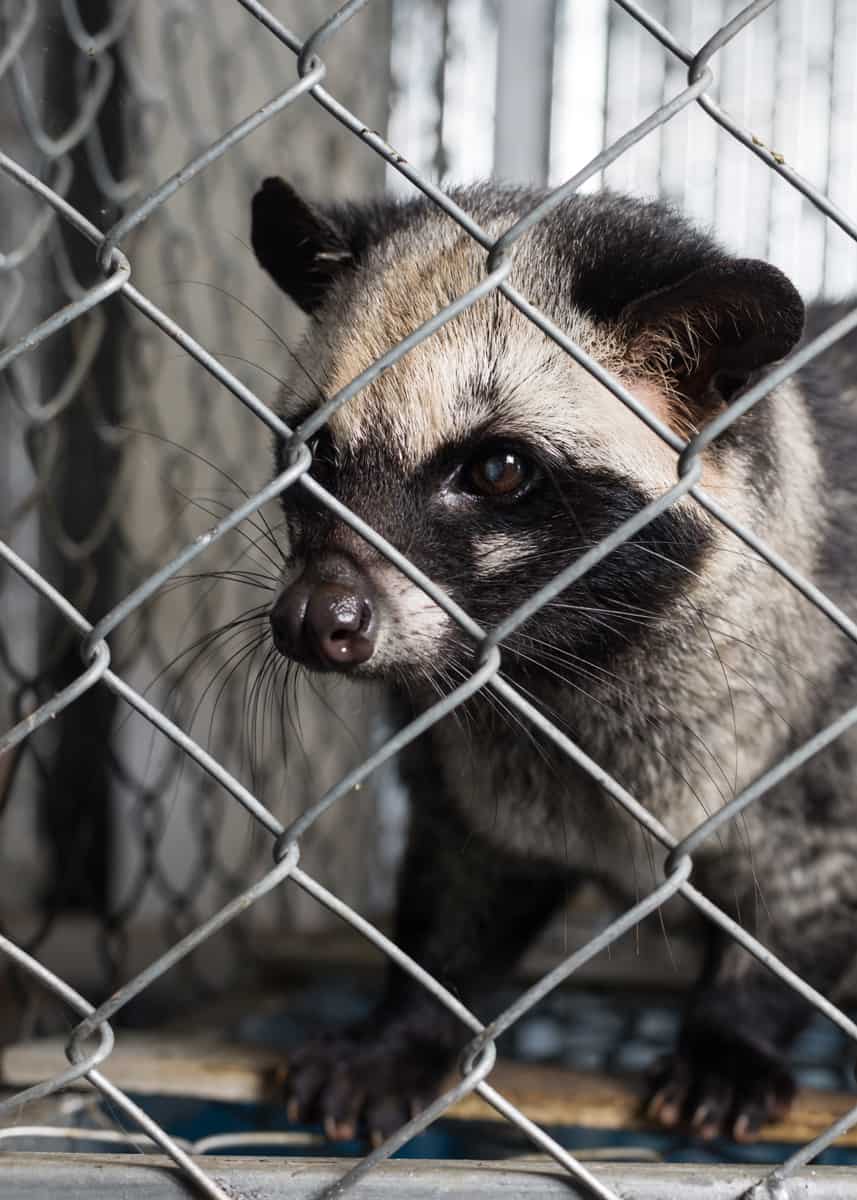

Anything and everything about poop turn off my appetite. I’ll be sticking to the poop-free non-predigested varieties of coffee.
Now, what about other kinds of poop coffee, like elephant dung coffee from Thailand (yes, that’s a thing) or jacu bird coffee (yup, that too) from Brazil? Please let us know what you think in the comments.
- About the Author
- Latest Posts
Dena Haines is a co-founder and blogger on EnjoyJava – and is working to make it the best coffee blog in the world.
She also blogs about travel at Storyteller.Travel and photography at Storyteller Tech. Dena is a partner at Storyteller Media, a publishing company she started with her husband, Bryan.

Jerry Eisner
Wednesday 8th of May 2019
Thank you for this article. My daughter, who both loves coffee and spent a couple of years in Vietnam told me about civet coffee. During my visits to her I saw all sorts of critters, from birds to turtles, in tight cages, waiting to be sold and eaten at various markets. There was little humane about these enclosures. The thought of poor peasants hoping for big money by trapping and force feeding small furry animals for the enjoyment of the First world is repulsive on several levels. It reminds me of the near extinction of various bird species years ago when egret and other rare feathers were considered the peak of ornamental chique. I, who am generally willing to try anything once, have decided against civet coffee. I am in favor of the synthetic version now being explored as it might take the pressure off this exploited animal. I somehow doubt it. As long as someone is willing to pay for it from a distance, there will be someone else willing to torment or kill an animal for money.
VegasRick
Sunday 20th of January 2019
You have to wonder just who was the first person to decide and try this, and why? As a side note, what is shown in the first picture looks very similar to a PayDay candy bar.
Christie
Saturday 13th of July 2019
That's what I thought too, about the Payday candy bar! It says in the article that the first people to try it were plantation workers who were not allowed to consume the coffee being grown, so they collected the civet poop they found instead.
Wayne Ryerson
Thursday 6th of December 2018
I was actually thought this was cute and funny until I read that they keep them in cages for their whole live. Once more humans abusing animals for their own selfishness. If there is a hell or what not, i hope there were will be a special suffering spot for the people who abuse all these poor creatures, both directly and those that think it is fun to pay for cruelty.
Thos Weatherby
Thursday 1st of November 2018
My only complaint is the treatment of the animals. They're usually caged. Their diet is the coffee bean so they eat the ripe beans along with the not-so-ready beans. In the wild, the cats will only eat the good ripe beans hence the higher price for the bean remnants. It is a nice cup of coffee. But stay away from the domesticated crop because of how they don't take care of the animals.
Dena Haines
Tuesday 6th of November 2018
I agree, thanks for commenting Thos!
Steve
Saturday 20th of October 2018
Hi, I traveled a lot to Southeast Asia and I found out about this coffee about 1 year ago and tried it for $6.00 only for a small cup... it's one of the best coffee in the world.. beside Ospina coffee and Esmeralda Gesha or Haiwaian coffee but I don't know really know about number 1 coffee in the world but.. it's so rich and smooth , creamy and kinda bit strong of than usuall coffee beans..but I like it and enjoyed it very much... I wish that I'm rich enough and could drink it daily.
Dena Haines
Tuesday 6th of November 2018
Traveling and trying different kinds of coffee is exciting! I enjoy that as well and hope to do more in the future.
Thanks for commenting Steve!